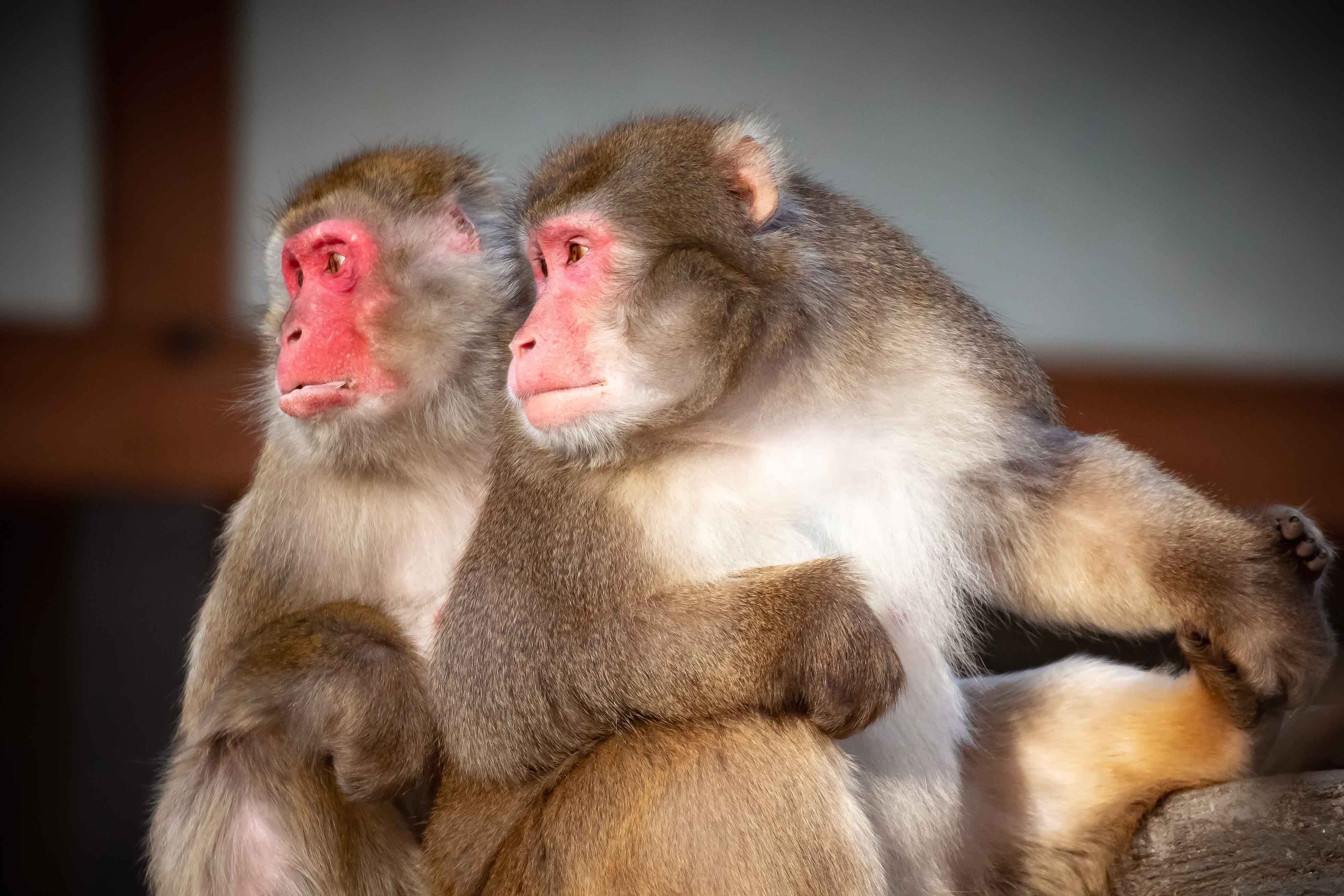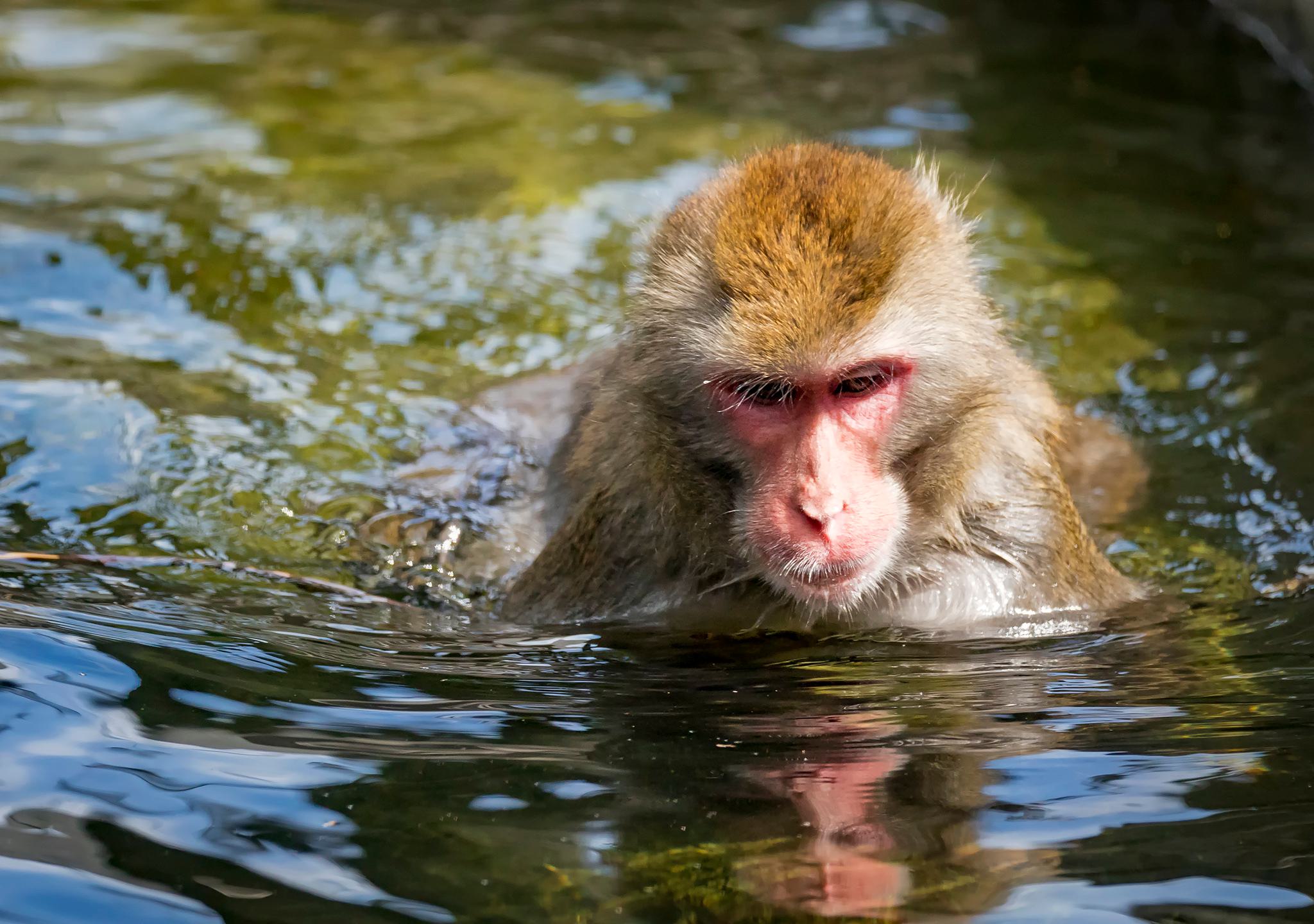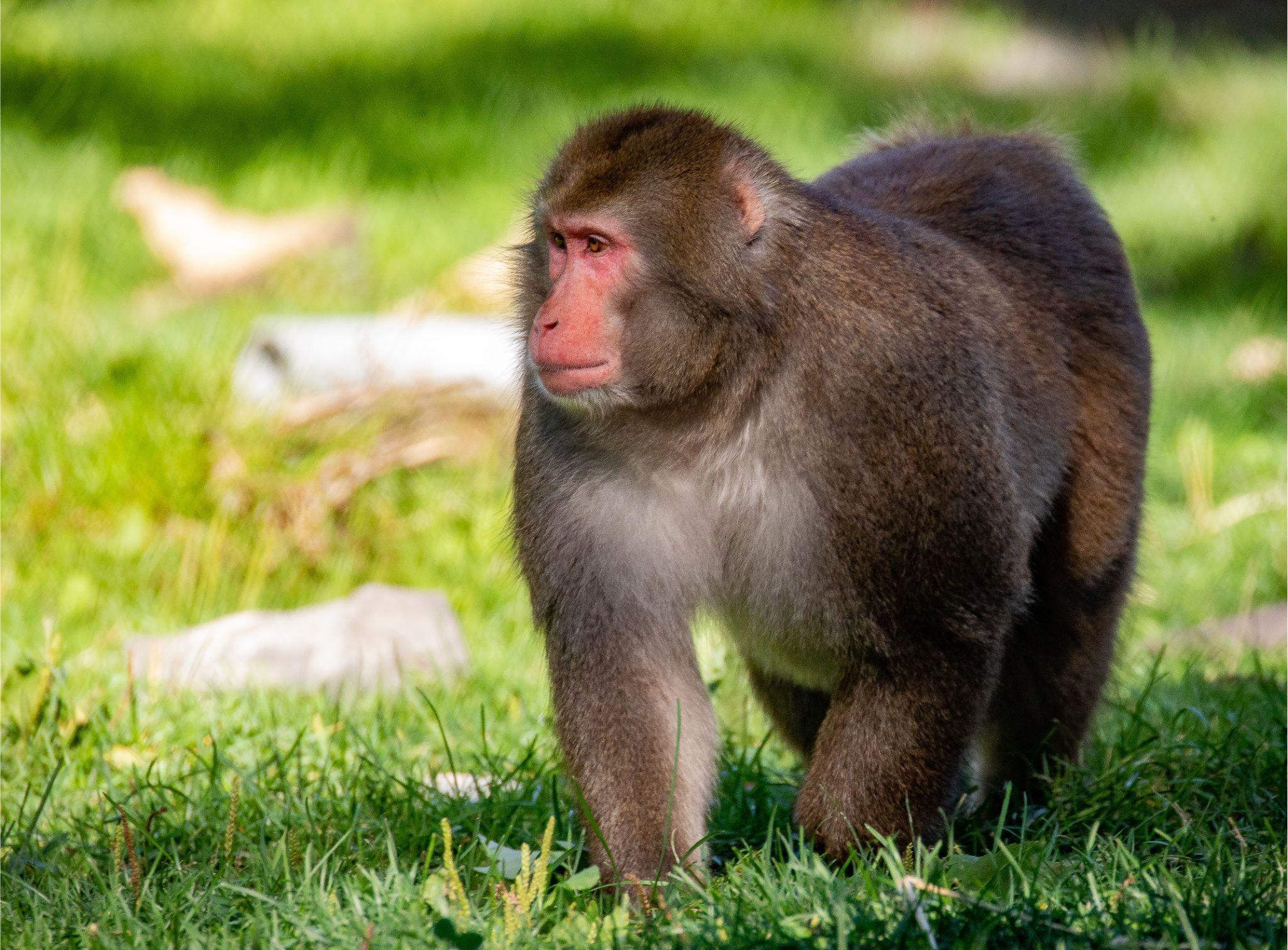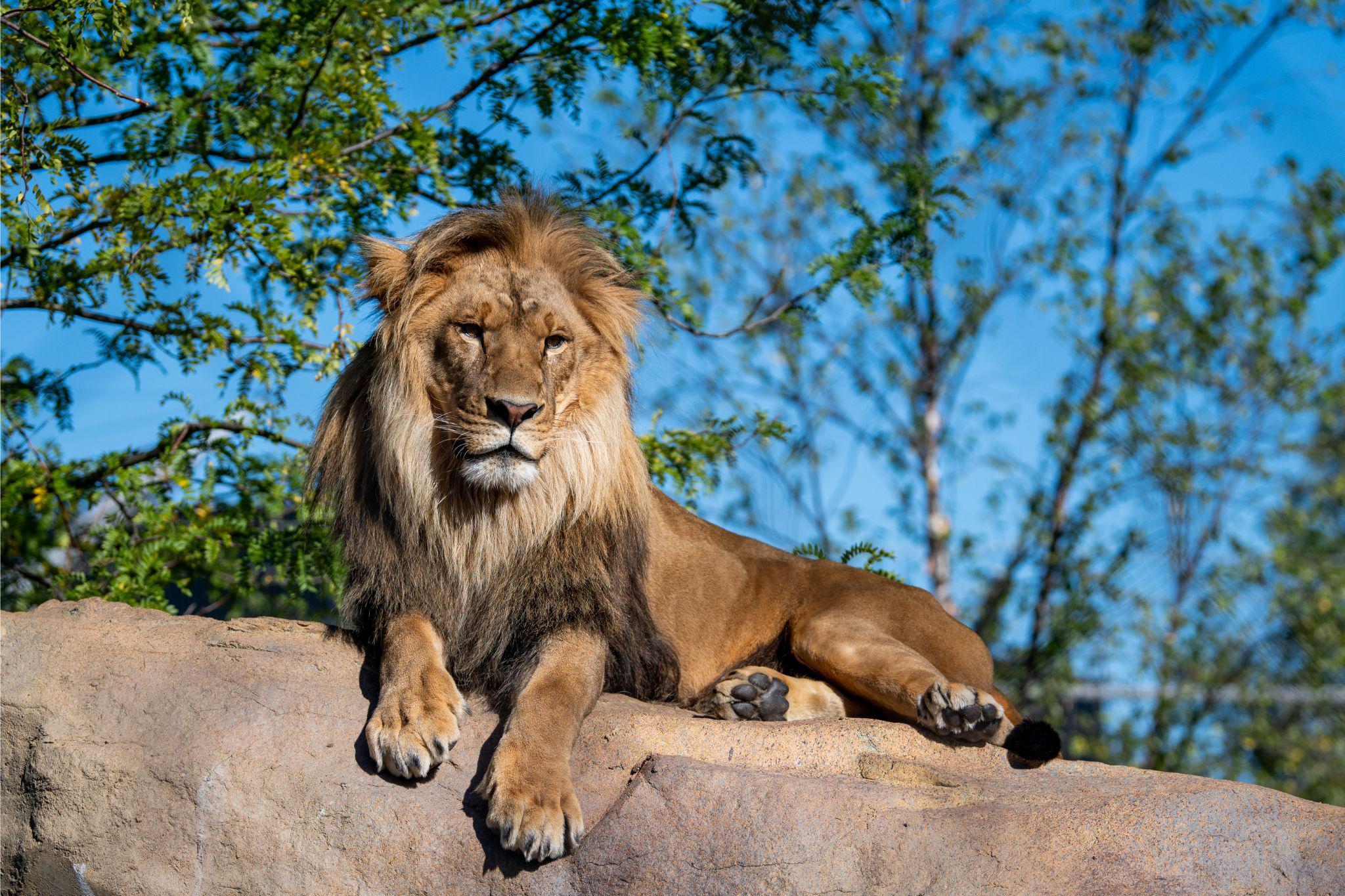
Japanese Macaque
Japanese Macaque
Distribution
Japan
Diet
Omnivore
Habitat
Mixed forest
Latin Name
Macaca fuscata
IUCN conservation status
They're the most northern primate species in the world! In winter, their coat's thickness increases to allow them to withstand the cold!
Interesting informations












